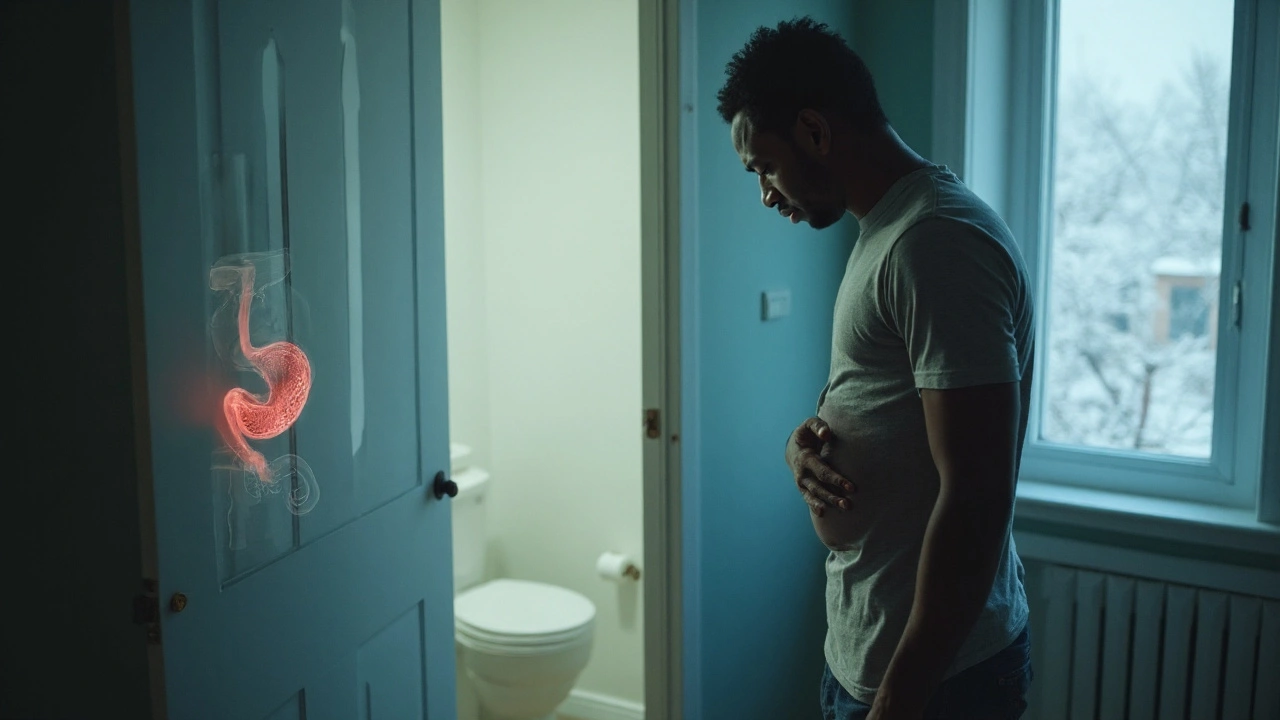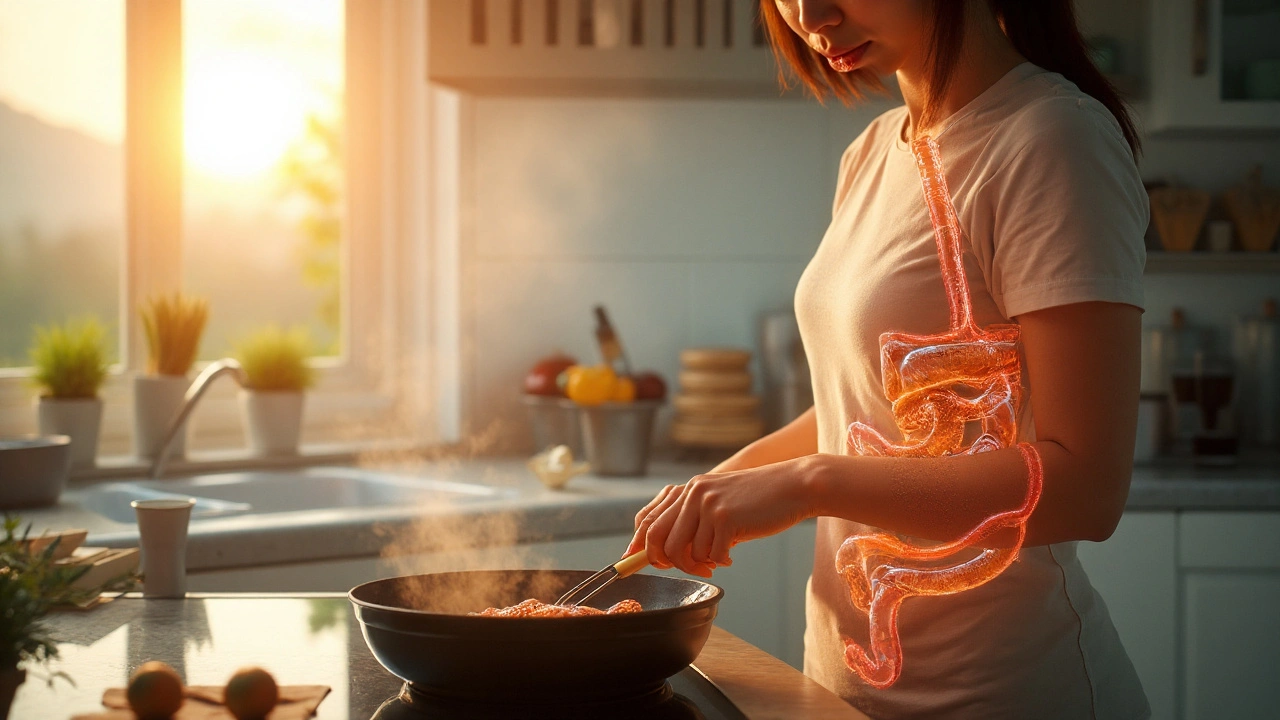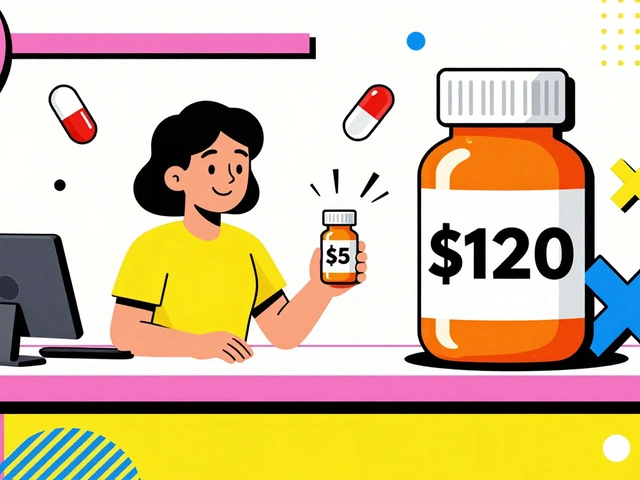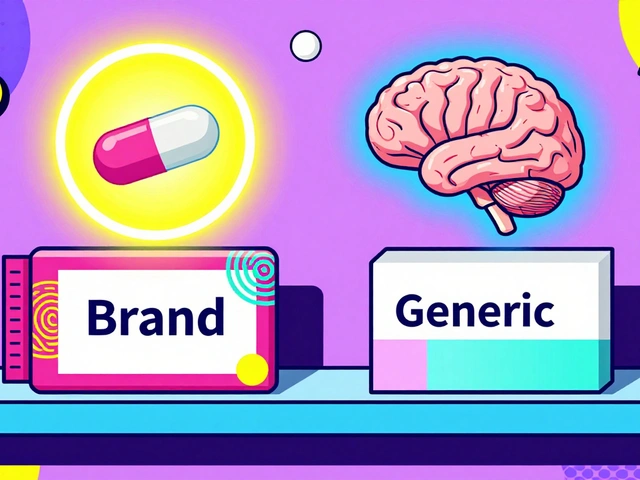- The pancreatic ducts are the plumbing that deliver alkaline fluid and enzymes into the small intestine, where real digestion happens.
- They connect with the bile duct at the ampulla of Vater, coordinating enzyme flow with bile so fats, proteins, and carbs get broken down.
- Blockages, inflammation, or structural quirks can trigger pain, greasy stools, jaundice, or weight loss-don’t ignore those red flags.
- Common tests include bloods (lipase), stool elastase, ultrasound, MRCP, endoscopic ultrasound, and ERCP for treatment when needed.
- Protect your pancreas with simple moves: moderate alcohol, quit smoking, manage gallstones and triglycerides, eat smart, and use enzyme meds if prescribed.
If digestion feels like a black box, the ducts are the pipes and valves making it all work. When they flow, your food turns into fuel. When they clog or spasm, everything downstream complains-from your gut to your energy levels.
What you likely want to do right now:
- Grasp what the ducts actually do and why they matter.
- See how the process unfolds-step by step from bite to absorption.
- Spot warning signs and know which symptoms aren’t normal.
- Understand the tests and treatments doctors use (and why).
- Adopt a few practical habits to protect your pancreas long term.
What the Ducts Do: The Clear, Useful Overview
Your pancreas pulls double duty. The endocrine part handles blood sugar. The exocrine part makes digestive juice packed with enzymes and bicarbonate (bicarb). The ducts are the delivery system for that juice, steering it into the top of the small intestine (the duodenum) at the right time, in the right amount.
Anatomy in plain English:
- Main pancreatic duct (Wirsung): runs the length of the pancreas, collecting enzyme-rich fluid from tiny side branches.
- Accessory duct (Santorini): an extra path in some people, draining into a smaller opening (minor papilla).
- Common bile duct: carries bile from liver and gallbladder. It joins the main pancreatic duct at a junction called the ampulla of Vater.
- Sphincter of Oddi: a ring of muscle that opens and closes the shared outlet, coordinating the release of bile and pancreatic juice into the duodenum.
Function in one line: ducts transport alkaline fluid to neutralize stomach acid and enzymes to break down fat, protein, and carbohydrate-right where absorption begins.
"The pancreas delivers about 1 to 2 liters of alkaline fluid and enzymes into the duodenum each day, essential for fat, protein, and carbohydrate digestion." - National Institute of Diabetes and Digestive and Kidney Diseases (NIDDK)
Two key signals drive the flow:
- Secretin (from the small intestine) triggers bicarb-rich fluid to neutralize acid.
- Cholecystokinin, or CCK (also from the small intestine), stimulates enzyme secretion and makes the gallbladder squeeze out bile.
Here’s what those enzymes actually target:
| Enzyme (inactive form) | Main target | Key action site | Activation | Notes |
|---|---|---|---|---|
| Lipase | Fats (triglycerides) | Duodenum/jejunum | Active on secretion | Works best with bile salts; crucial for fat absorption |
| Amylase | Starches | Mouth (salivary), then small intestine | Active on secretion | Breaks starch to maltose/oligosaccharides |
| Trypsin (trypsinogen) | Proteins | Duodenum | Enterokinase activates trypsinogen to trypsin | Activates other proteases (cascading effect) |
| Chymotrypsin (chymotrypsinogen) | Proteins | Duodenum | Activated by trypsin | Pairs with trypsin to finish protein breakdown |
| Elastase (proelastase) | Proteins (elastin) | Small intestine | Activated by trypsin | Useful marker of pancreatic function in stool (elastase test) |
The duct fluid is alkaline (think pH ~8) to counter stomach acid. Without that neutralizing rinse, enzymes don’t work well and the gut lining gets irritated.
Simple picture: stomach hands the small intestine a sour slurry of food. Bile and pancreatic juice arrive together-bile emulsifies fat, enzymes chop food into absorbable bits, and the alkaline bicarb sets the pH for the whole team to perform.
How the Ducts Work During Digestion: Step by Step
Follow the flow from plate to bloodstream:
- Anticipation phase: the sight and smell of food nudge the pancreas and gallbladder. Vagus nerve signals prime a small trickle of enzymes.
- Stomach phase: as food enters, acid production ramps up. Not much pancreatic action yet, but the stage is set.
- Duodenal handoff: acidic chyme hits the duodenum. Cells there release secretin (for bicarb) and CCK (for enzymes and bile release). The sphincter of Oddi relaxes.
- Bicarbonate flush: ducts carry bicarb-rich fluid that neutralizes acid to a workable pH.
- Enzyme delivery: the same duct highway brings enzymes; bile arrives from the common bile duct. Fat gets emulsified; enzymes go to work.
- Activation cascade: enterokinase in the duodenal lining flips trypsinogen to trypsin, which activates other proteases. This keeps potent enzymes safely inactive inside the pancreas.
- Absorption: now that food is chopped into fatty acids, amino acids, and sugars, your small intestine can absorb them.
- Clean shutdown: sphincter tightens between meals. Flow slows to a trickle.
When this timing slips, symptoms show up. If the duct is blocked (say, by a gallstone at the ampulla), enzymes back up and can inflame the pancreas. If bicarb output is weak, acid burns and enzymes underperform. If bile doesn’t arrive, fat stays stubborn and floats through you.
What pushes flow up or down?
- Meal size and fat content: bigger, fattier meals = more CCK and more juice.
- Hormones and nerves: secretin, CCK, and vagal tone coordinate the show.
- Obstruction: stones, strictures, tumors, thick mucus (like in cystic fibrosis) slow or block drainage.
- Inflammation or scarring: chronic pancreatitis narrows ducts and blunts enzyme output over time.

Problems, Red Flags, and Practical Checks
The same ducts that keep you well-fed can cause trouble when blocked, inflamed, or built a little differently.
Common duct-related issues:
- Gallstone blockage at the ampulla: can trigger acute pancreatitis and jaundice.
- Pancreatic duct stricture or tumor: narrowing that causes upstream dilation, pain, or weight loss.
- Chronic pancreatitis: repeated inflammation leading to scarring, duct changes, and enzyme decline.
- Pancreas divisum: the main duct’s flow favors the accessory duct; some people get recurrent pancreatitis.
- Sphincter of Oddi dysfunction: outflow spasm or scarring causing biliary-type pain and enzyme backup.
- Cystic fibrosis: thicker secretions can plug small ducts and reduce enzyme delivery.
How to read your body’s signals:
- Upper abdominal pain that bores through to the back, worse after meals or alcohol? That’s not just indigestion.
- Pale, bulky, greasy, or floating stools that are hard to flush? Think fat malabsorption.
- Unintentional weight loss, fatigue, new-onset diabetes in an adult, or painless jaundice (yellow eyes/skin) need attention soon.
- Recurrent nausea, bloating, and early fullness could be downstream effects of poor enzymatic breakdown.
Quick checklist: when to call your GP (sooner rather than later)
- Severe, persistent upper abdominal pain-especially with vomiting or fever.
- Yellowing of eyes/skin or very dark urine and pale stools.
- Greasy stools plus weight loss despite eating normally.
- New, unexplained diabetes or rapidly worsening blood sugar control.
Key tests your clinician may order and why:
- Bloods: lipase (rises with acute pancreatitis), liver enzymes and bilirubin (can point to duct blockage).
- Stool elastase: low levels suggest exocrine pancreatic insufficiency (EPI).
- Abdominal ultrasound: looks for gallstones, bile duct dilation.
- MRCP (Magnetic Resonance Cholangiopancreatography): a detailed map of bile and pancreatic ducts without endoscopy; secretin-enhanced MRCP shows how well ducts drain.
- EUS (Endoscopic Ultrasound): high-resolution look at the pancreas, ducts, and nearby nodes; helpful for subtle changes or small lesions.
- ERCP (Endoscopic Retrograde Cholangiopancreatography): mainly therapeutic-removes stones, places stents, or samples tissue. It carries risks, so it’s used when treatment is likely.
What to expect during workup (plain talk version):
- Baseline bloods and ultrasound to check for obstruction and inflammation.
- If ducts look suspicious or symptoms persist, MRCP to map the plumbing.
- For detailed views or biopsies, EUS. If a stone or tight narrowing is found, ERCP may fix it by cutting the sphincter (sphincterotomy), retrieving the stone, or placing a stent.
- If you’re malabsorbing, your clinician may trial pancreatic enzyme replacement therapy (PERT) and nutrition support while sorting the cause.
Daily habits that help the ducts and the pancreas:
- Alcohol: keep it light. Heavy or binge drinking is a known trigger for pancreatitis.
- Smoking: quit. It increases chronic pancreatitis and pancreatic cancer risk.
- Gallstones: if you’re prone to stones or had gallstone pancreatitis, follow up on treatments your team recommends.
- Diet: smaller, balanced meals are easier on the system; for EPI, dietitians often suggest moderate fat spread through the day (with enzymes), not zero fat.
- Triglycerides: manage them-very high levels can provoke pancreatitis.
Enzymes as medicine (PERT):
- Typical dosing starts at 25,000-50,000 units of lipase with meals (half with snacks), adjusted to stool and symptom response.
- Take capsules at the start and mid-meal to match food transit.
- If symptoms linger, clinicians may add acid suppression so enzymes survive better.
FAQs, Next Steps, and When to Seek Care
FAQs people actually ask:
Can ducts heal after pancreatitis? Mild inflammation often settles with rest and time. Repeated attacks can scar ducts and lower enzyme output. Your team watches for that with imaging and stool testing.
Do enzyme supplements from the shop work? Prescription PERT is standardized and strong. Over-the-counter enzymes vary a lot and rarely match prescription potency. If you have EPI, talk to your doctor about proper dosing and timing.
Is low-fat the answer? Not usually. Your gut needs some fat. The smarter move is moderate fat plus the right enzyme dose. Ultra low-fat diets can worsen weight loss and fat-soluble vitamin deficiencies.
Does coffee trigger pancreatitis? Regular coffee isn’t a common trigger. Heavy alcohol is. If coffee upsets your stomach, cut back and see if symptoms improve.
Can you live without ducts? After major pancreatic surgery, surgeons often re-route or join remaining ducts to the intestine. Digestion can still work with enzyme medication and diet support.
What to do next, depending on your situation:
- Recurring upper abdominal pain after meals: track meals + symptoms for a week, avoid alcohol, and book a GP visit for lipase and ultrasound. If jaundice or fever shows up, seek urgent care.
- Greasy, floating stools and weight loss: ask about stool elastase and a trial of PERT. A dietitian can help you protect weight and vitamins A, D, E, K.
- History of gallstones: discuss prevention and whether you need surgery to avoid repeat obstruction. If pain returns, don’t wait it out.
- Cystic fibrosis or known pancreatic issues: stick with your specialist plan. If stools change or you lose weight, your enzyme dose may need a tweak.
Practical troubleshooting tips:
- Enzymes not working? Check timing (start and mid-meal), dose (may need to go up), and acid control (ask if a trial of acid suppression makes sense).
- Bloating despite enzymes? Consider lactose intolerance, small intestinal bacterial overgrowth, or celiac-worth a chat with your clinician.
- Pain pattern changing? That’s a signal to recheck imaging rather than just riding it out.
Credible sources used for this guide include physiology texts such as Guyton & Hall and clinical guidance from the NIDDK, the American Gastroenterological Association, and Australian primary care frameworks for assessing abdominal pain and suspected pancreatitis. If your symptoms fit the red flags above, get medical advice promptly-duct problems respond best when caught early.






Amit Kumar
September 5, 2025 AT 19:10Wow this breakdown is GOLD! 🌟 Seriously, the way you explained the ducts as "plumbing" made it click for me after years of confusing medical jargon. My dad’s been struggling with pancreatic issues for months, and this finally helped me understand why he’s on enzyme meds. Thanks for making complex stuff feel simple-definitely sharing this with him! 🔥
zaza oglu
September 8, 2025 AT 18:46holy moly this is SO detailed!!! 🙌 the table with enzymes? chef’s kiss! but seriously tho-why do people STILL think "low-fat diets" are the answer? as someone with EPI, I can tell ya, that’s a total myth! the ducts are like a VIP lane for digestion, and blocking them is basically a slow-motion disaster-holy cow, this post is a lifesaver!!!
Willy garcia
September 8, 2025 AT 18:47Great breakdown, Zaza! Totally agree-low-fat diets backfire hard. My cousin had EPI from chronic pancreatitis, and cutting all fat made his weight drop like a rock. The key’s moderate fat + enzymes timed right, like you said. Also, that bit about bile emulsifying fats? Mind blown. Gotta share this with my gastro team-they’ll appreciate the clarity. Thanks for the heads-up on the stool elastase test too!
Vaibhav Sai
September 11, 2025 AT 18:40Thank you for this incredibly thorough guide-it’s rare to find such a clear explanation of pancreatic duct physiology. I’ve been studying GI disorders for years, and the step-by-step digestion flow (especially the secretin/CCK coordination) was beautifully articulated. One tiny note: the table’s enzyme activation details could use a footnote on how cystic fibrosis impacts elastase function, but overall, this is textbook-level helpful for patients. 🙏
Lindy Swanson
September 11, 2025 AT 18:43Actually, the "moderate fat" advice is overrated. My doctor told me to cut ALL fat after my pancreatitis episode. It worked better than the "moderate" nonsense. Also, the stool elastase test? Waste of money-it’s not reliable for early-stage issues. Stick to ERCP if you’re serious about diagnosis, not this fluff.
Sruthi V Nair
September 11, 2025 AT 18:45Crystal, I get why you’re frustrated, but the "all fat" approach is dangerous-it leads to vitamin deficiencies and muscle loss, which worsens pancreatic recovery. Vaibhav’s point about cystic fibrosis is key: those patients often need tailored fat intake because their ducts are literally clogged with mucus. This guide isn’t fluff-it’s a bridge between medical jargon and real-life survival. The ducts aren’t just pipes; they’re the reason we can enjoy a meal without agony. That’s worth sharing, not dismissing.
Mustapha Mustapha
September 14, 2025 AT 18:33Simple habits matter most. I cut back on late-night alcohol after my first pancreatitis scare, and my digestion improved within weeks. No fancy tests needed-just listening to your body. The ducts are like a river; if you clog it with stones or inflammation, everything downstream suffers. This post reminds me: prevention beats treatment every time.
Crystal Heim
September 14, 2025 AT 18:35Correct. No need for all the fluff.